Table of content
Chinese cabbage, scientifically known as Brassica rapa subspecies pekinensis, is a leafy vegetable celebrated for its delicate flavor, crisp texture, and adaptability in countless dishes. Often referred to as Napa cabbage or celery cabbage, this ingredient is a staple in Asian cuisines but has gained global popularity for its versatility and health benefits. Whether you’re a seasoned home cook or a novice in the kitchen, mastering the art of preparing Chinese cabbage can elevate your meals with minimal effort. This article explores various cooking methods, from quick stir-fries to comforting stews, and shares tips to transform this humble vegetable into a culinary star.
Understanding Chinese Cabbage
Before diving into recipes, it’s essential to appreciate the unique qualities of Chinese cabbage. Unlike its round, sturdy Western counterparts, Chinese cabbage has an elongated shape with pale green leaves and a crisp, water-rich core. Its flavor is mildly sweet with a subtle peppery undertone, making it an ideal canvas for absorbing sauces, spices, and aromatics. When cooked, it retains its texture if handled properly, offering a satisfying crunch or a tender finish depending on the method.
Stir-Frying: The Quick and Crispy Approach
Stir-frying is arguably the most popular way to prepare Chinese cabbage, as it preserves the vegetable’s vibrant color and crispness while infusing it with savory flavors. Here’s a step-by-step guide to achieving stir-fry perfection:
Ingredients
- 1 medium Chinese cabbage (about 1.5 lbs), sliced into 1-inch strips
- 2 tbsp vegetable oil (peanut or canola work best)
- 3 garlic cloves, minced
- 1-inch ginger, grated
- 1 red chili, deseeded and sliced (optional)
- 2 tbsp soy sauce (or tamari for gluten-free)
- 1 tbsp oyster sauce (or mushroom sauce for vegetarians)
- 1 tsp sesame oil
- Salt and pepper to taste
Instructions
- Prep the Cabbage: Separate the leaves and core. Slice the core into thin strips and the leaves into wider pieces to ensure even cooking.
- Heat the Wok: Over high heat, warm your wok or large skillet until smoking. Add the oil and swirl to coat.
- Aromatics First: Toss in garlic, ginger, and chili. Stir-fry for 30 seconds until fragrant.
- Add the Cabbage: Begin with the core strips, as they take slightly longer to cook. Stir-fry for 2 minutes, then add the leaves.
- Season: Drizzle soy sauce, oyster sauce, and a pinch of salt. Toss vigorously to coat.
- Finish: Remove from heat, drizzle with sesame oil, and adjust seasoning. Serve immediately with steamed rice or noodles.
Pro Tip: Overcooking cabbage releases moisture and softens its texture. For added crunch, stir-fry until just wilted.
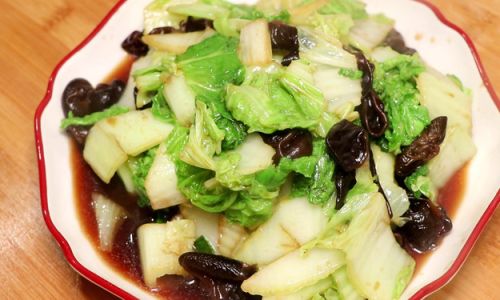
Soups and Stews: Hearty and Comforting
Chinese cabbage shines in broths and stews, where it absorbs flavors while contributing a subtle sweetness. Try these two recipes:
Clear Cabbage and Tofu Soup
A light, restorative soup perfect for chilly evenings.
Ingredients:
- 4 cups vegetable or chicken broth
- 1 cup firm tofu, cubed
- 2 cups Chinese cabbage, chopped
- 1 carrot, sliced
- 2 green onions, chopped
- 1 tbsp miso paste (optional)
- Salt and pepper
Instructions:
- Bring broth to a simmer. Add carrots and simmer for 5 minutes.
- Stir in cabbage and tofu. Cook until cabbage wilts (3–4 minutes).
- Whisk in miso paste (if using) and season. Garnish with green onions.
Pork and Cabbage Stew
A rich, slow-cooked stew ideal for colder months.
Ingredients:
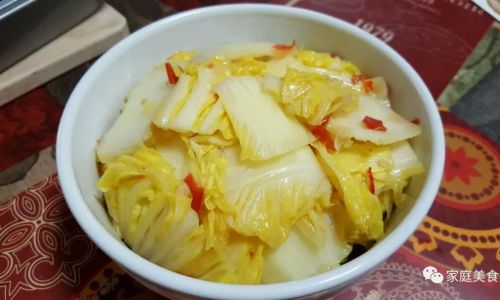
- 1 lb pork shoulder, cubed
- 4 cups Chinese cabbage, roughly chopped
- 1 onion, diced
- 3 garlic cloves, smashed
- 4 cups chicken broth
- 2 tbsp soy sauce
- 1 tbsp rice vinegar
- 1 tsp five-spice powder
Instructions:
- Brown pork in a Dutch oven. Set aside.
- Sauté onion and garlic until golden. Return pork to the pot.
- Add broth, soy sauce, vinegar, and five-spice. Simmer for 1.5 hours.
- Stir in cabbage and cook 15 minutes more. Serve with crusty bread.
Pickling: Tangy and Refreshing
Pickled Chinese cabbage adds a zesty crunch to salads, sandwiches, and rice bowls. Try both quick and fermented methods:
Quick Pickle
Ingredients:
- 4 cups Chinese cabbage, shredded
- 1 cup rice vinegar
- 1/4 cup sugar
- 1 tbsp salt
- 1 tsp red pepper flakes
Instructions:
- Dissolve sugar and salt in vinegar over low heat. Cool.
- Toss cabbage with pepper flakes. Pack into jars.
- Pour vinegar mixture over cabbage. Refrigerate for 24 hours.
Fermented Kimchi-Style
Ingredients:
- 1 head Chinese cabbage, chopped
- 3 tbsp gochugaru (Korean chili flakes)
- 2 tbsp fish sauce
- 1 tbsp grated ginger
- 1 tbsp minced garlic
- 1 apple or pear, grated
Instructions:
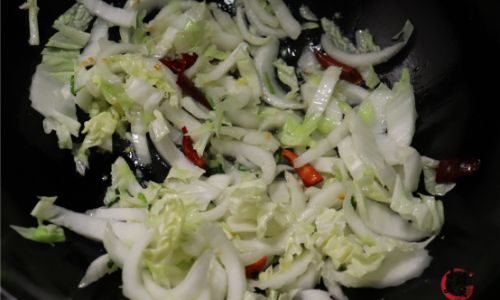
- Salt cabbage for 2 hours. Rinse and drain.
- Mix remaining ingredients. Toss with cabbage.
- Pack into jars, pressing down to release air. Ferment at room temperature for 3–5 days, then refrigerate.
Salads and Cold Dishes: Raw and Vibrant
Chinese cabbage’s crisp texture makes it excellent for raw preparations. Try these refreshing options:
Sesame-Ginger Cabbage Salad
Ingredients:
- 4 cups Chinese cabbage, shredded
- 1 carrot, julienned
- 1/4 cup cilantro, chopped
- 2 tbsp toasted sesame seeds
Dressing:
- 3 tbsp rice vinegar
- 1 tbsp honey
- 1 tbsp sesame oil
- 1 tsp soy sauce
Instructions:
- Whisk dressing ingredients. Toss with cabbage, carrot, and cilantro.
- Sprinkle with sesame seeds. Serve chilled.
Korean Cold Cabbage Salad (Geotjeori)
A quick, crunchy side dish.
Ingredients:
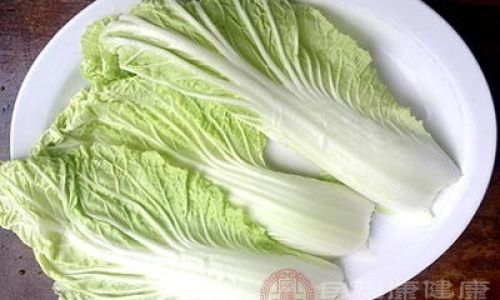
- 3 cups Chinese cabbage, chopped
- 1 tbsp gochujang (Korean chili paste)
- 1 tbsp honey
- 1 tbsp rice vinegar
- 1 tsp toasted sesame oil
Instructions:
- Mix gochujang, honey, vinegar, and oil.
- Toss with cabbage. Let marinate 10 minutes before serving.
Advanced Techniques: Beyond the Basics
For those looking to expand their repertoire, here are two sophisticated methods:
Stuffed Cabbage Rolls
Ingredients:
- 12 large cabbage leaves
- 1 lb ground pork or beef
- 1 cup cooked rice
- 1 egg
- 1 onion, diced
- 1 tbsp soy sauce
- 1 cup tomato sauce
Instructions:
- Blanch cabbage leaves until pliable. Drain.
- Mix meat, rice, egg, onion, and soy sauce.
- Place 2 tbsp filling in each leaf. Roll, tucking in sides.
- Layer rolls in a baking dish. Cover with tomato sauce. Bake at 375°F (190°C) for 1 hour.
Cabbage in Dumplings
Add shredded cabbage to pork or shrimp dumpling fillings for moisture and sweetness.
Tips and Tricks for Perfect Cabbage
- Storage: Keep cabbage in the refrigerator’s crisper drawer, wrapped in plastic. It stays fresh for up to two weeks.
- Cutting: For stir-fries, slice cabbage diagonally to maximize surface area. For soups, chop roughly.
- Seasoning: Balance cabbage’s mild flavor with umami-rich ingredients like soy sauce, miso, or fermented bean paste.
- Avoid Sogginess: If cooking cabbage in liquid, use high heat and minimal water to prevent mushiness.
Health Benefits of Chinese Cabbage
Chinese cabbage is a nutritional powerhouse, offering:
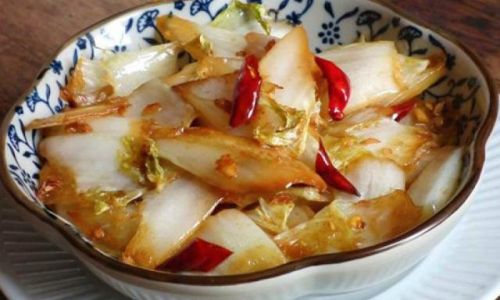
- Vitamins: Rich in vitamin C (boosts immunity) and vitamin K (supports bone health).
- Fiber: Aids digestion and promotes gut health.
- Antioxidants: Contains beta-carotene and flavonoids, which combat inflammation.
- Low Calories: A 1-cup serving has just 17 calories, making it ideal for weight management.
Cultural Significance
In Chinese cuisine, cabbage symbolizes prosperity and is a Lunar New Year staple. In Korea, it’s the base for kimchi, a national dish. Across Southeast Asia, it’s used in hot pots, dumplings, and stir-fries, reflecting its universal appeal.
Conclusion
Chinese cabbage is a kitchen chameleon, equally at home in a quick weekday stir-fry or a festive banquet. By mastering techniques like stir-frying, pickling, and soups, you can unlock its full potential. Experiment with flavors, textures, and cuisines—and remember, the key to great cabbage dishes lies in balancing simplicity with creativity. Whether you’re craving warmth, crunch, or zing, this versatile vegetable delivers every time. So grab a head of cabbage, fire up your wok, and let the culinary adventures begin!
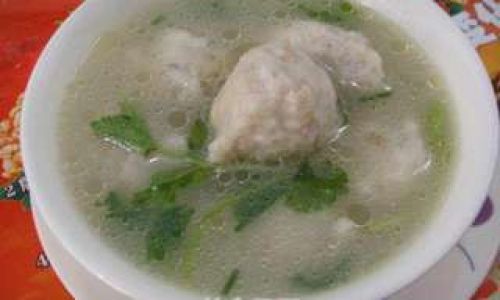
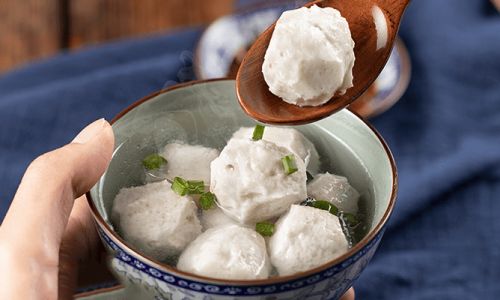
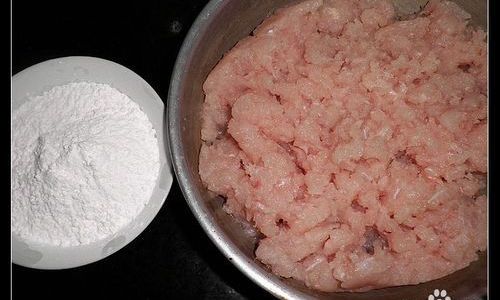


0 comments